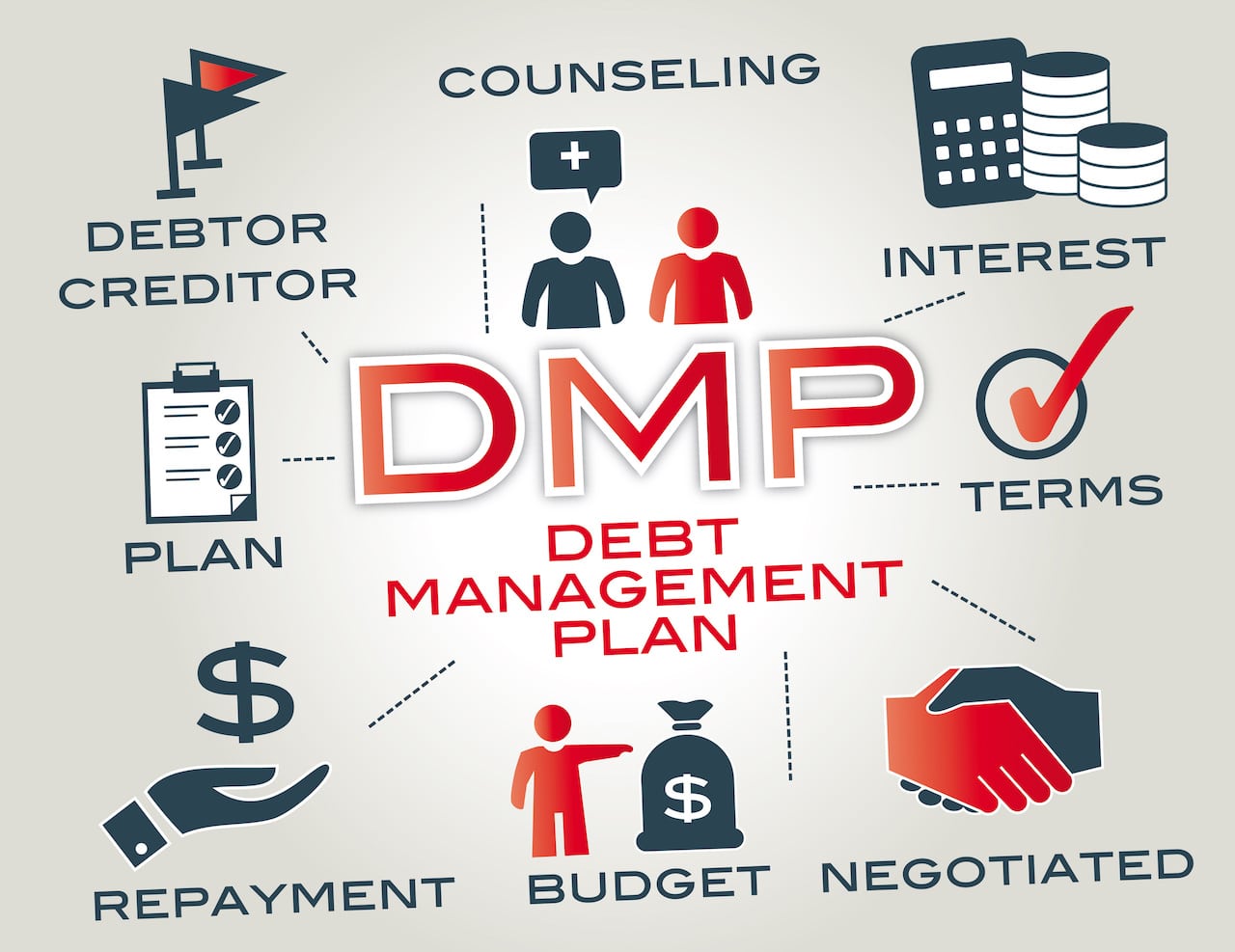Just How Financial Debt Consolidation Can Simplify Your Financial Life: More Discussion Posted Here
Everything You Need to Find Out About Creating a Tailored Debt Administration Plan
In the realm of personal financing, creating a customized debt management plan is typically the foundation of accomplishing economic security and satisfaction. By diligently evaluating your current financial obligations, setting achievable financial purposes, and crafting a sensible spending plan, you lead the way for reliable financial obligation payment methods. Nevertheless, the journey to economic liberty is not exclusively regarding first preparation; it also calls for continuous tracking and changes to make sure continued progress. As you browse the complexities of producing a personalized financial debt administration strategy, recognizing the intricacies of each action is vital to your monetary success.
Analyzing Your Current Financial Obligation Situation
One need to first conduct a complete examination of their existing financial obligation responsibilities before developing an efficient debt administration strategy. Produce a detailed listing of each financial debt, including the complete amount owed, passion prices, minimum monthly settlements, and due days.
After assembling this info, determine your overall debt-to-income ratio by splitting your monthly financial obligation payments by your month-to-month earnings. This ratio is a crucial sign of your ability to take care of present financial debt degrees efficiently. In addition, assess your credit history report to determine any errors or inconsistencies that might be affecting your credit rating. Recognizing these facets of your economic circumstance will certainly guide you in developing a personalized financial obligation management plan customized to your particular demands and goals.
Setup Financial Goals and Targets

When establishing economic objectives, it is necessary to be specific, measurable, attainable, relevant, and time-bound (WISE) For example, you could set a goal to settle a specific quantity of financial debt within a certain amount of time, such as minimizing your bank card equilibrium by $5,000 in the next 12 months - More Discussion Posted Here. By setting clear targets similar to this, you can track your progression and stay encouraged to attain your financial debt monitoring objectives
In addition, take into consideration prioritizing your financial obligations based upon elements such as rate of interest, exceptional equilibriums, and settlement terms. By concentrating on high-interest financial debts first, you can save money in the future and accelerate your journey toward economic flexibility. Bear in mind, each individual's financial circumstance is special, so customize your goals and targets to fit your specific needs and scenarios.
Developing a Realistic Spending Plan
Crafting a well-defined budget plan is a basic step in efficient financial debt management and monetary preparation. A realistic spending plan acts as a roadmap for your monetary wellness, aiding you track your earnings, costs, and financial debt repayments. To create a practical spending plan, beginning by detailing all your sources of income. This includes your salary, side hustle profits, or any various other monetary inflows. Next, magazine all your taken care of expenditures such as rental fee or mortgage, energies, insurance, and car loan repayments. Variable costs like grocery stores, amusement, and transport should also be included. Separate in between needs and desires to focus on crucial expenses and identify areas where you can cut back.
Regularly evaluation and adjust your budget plan as required to stay on track with your economic objectives and debt settlement plan. By sticking to a reasonable spending plan, you can efficiently handle your financial debt and work linked here towards a much more secure monetary future.
Checking Out Financial Debt Payment Strategies
After establishing a sensible budget, the following essential action in reliable financial obligation administration is to discover numerous financial debt repayment methods. One usual technique is the snowball technique, where you concentrate on settling the smallest debts first while making minimum settlements on larger financial obligations. This technique can help construct momentum as you see smaller debts being gotten rid of, providing inspiration to deal with larger ones.
Another strategy is the avalanche technique, which entails focusing on debts with the highest possible rate of interest rates. By targeting high-interest financial debts initially, you can minimize the overall amount you pay in rate of interest gradually. This approach might be a lot more cost-efficient in the future, even though it might take longer to see individual debts totally settled.
Financial obligation loan consolidation is an additional choice where you combine numerous financial obligations into a single lending with a reduced passion rate. This can streamline your payment process and possibly decrease the total rate of interest paid. However, it's vital to meticulously think about the terms and fees connected with loan consolidation to guarantee it's the best choice for your monetary scenario.
Tracking and Changing Your Strategy

Adjusting your plan may include reallocating funds to deal with high-interest financial debts initially, bargaining with financial institutions for reduced rates of interest or much better payment terms, or checking out added revenue resources to quicken debt repayment. As your financial circumstance develops, your financial obligation monitoring plan should adapt as necessary to remain efficient. By remaining adaptable and positive in monitoring and adjusting your strategy, you can optimize your initiatives towards repaying your financial debts efficiently and achieving your economic objectives.
Final Thought
Finally, creating a customized financial debt administration strategy includes examining current financial obligation, setting monetary objectives, producing a reasonable spending plan, exploring payment methods, and surveillance and adjusting the strategy as needed. By following these actions, individuals can take control of their economic scenario and work in the direction of ending up being debt-free. It is essential to stay self-displined and committed to the strategy in order to achieve long-lasting economic stability.
One must initially conduct a comprehensive evaluation of their present financial obligation commitments before creating an efficient debt Our site monitoring plan.After developing a sensible budget, the following crucial step in efficient financial debt monitoring is to explore different financial obligation repayment methods - More anchor Discussion Posted Here.To efficiently handle your financial obligation, continuous surveillance and modification of your financial debt administration plan are important parts for long-term monetary security.Changing your plan might entail reallocating funds to tackle high-interest debts initially, working out with lenders for reduced passion rates or far better payment terms, or exploring extra earnings resources to expedite financial obligation payment.In verdict, creating a tailored financial obligation monitoring plan includes evaluating current financial obligation, establishing monetary goals, developing a realistic budget, discovering repayment methods, and surveillance and adjusting the plan as required